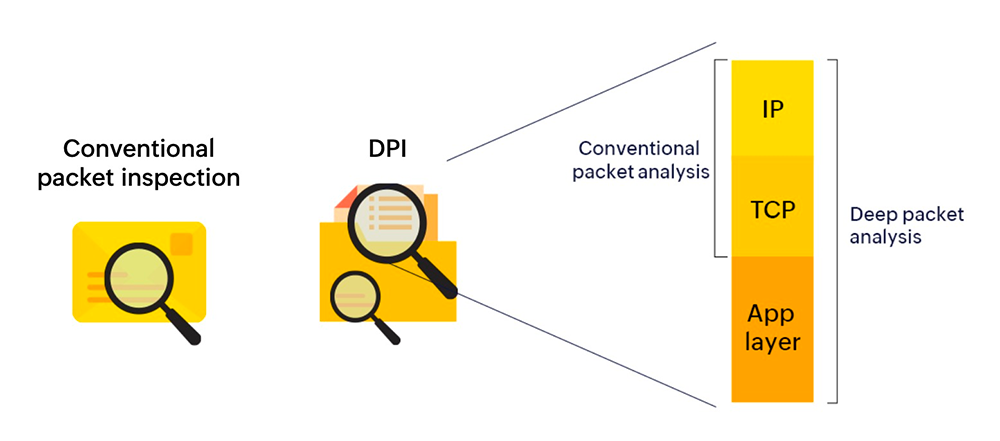The global Deep Packet Inspection Market Share is a fiercely contested and highly dynamic landscape, characterized by the intense competition between three main categories of players: established networking and telecommunications giants, specialized pure-play security vendors, and embedded technology providers. This is not a market with a single, undisputed leader; instead, it is a complex mosaic where different companies hold dominant positions in different segments of the market. The battle for market share is waged on multiple fronts, including the performance and throughput of the inspection engine, the accuracy of application and threat signature databases, the ability to inspect encrypted traffic, and the ease of integration into broader security and network management ecosystems. The distribution of market share is a fluid metric, constantly being reshaped by technological innovation, strategic mergers and acquisitions, and the evolving needs of enterprises and service providers who are grappling with the dual challenges of securing their networks and optimizing their performance. Understanding this competitive interplay is crucial to comprehending the strategic direction of the entire network intelligence industry.
A significant portion of the market share is consolidated among a few large, diversified technology and networking corporations. Companies like Cisco, Broadcom (through its Symantec and Blue Coat acquisitions), and Huawei hold a commanding presence, primarily by integrating DPI capabilities as a core feature within their broader portfolio of networking and security products. Cisco, for example, embeds sophisticated DPI technology into its firewalls, routers, and security appliances, leveraging its massive installed base in enterprise and service provider networks to maintain a strong market position. This integrated approach is highly appealing to large organizations seeking a single-vendor solution for their network infrastructure. Simultaneously, another major slice of the market is held by leading cybersecurity vendors who have built their entire security philosophy around the power of DPI. Companies like Palo Alto Networks and Fortinet have defined the Next-Generation Firewall (NGFW) market, where the ability to identify and control applications at Layer 7 is the central value proposition. Their market share is driven by their strong focus on threat prevention, their continually updated threat intelligence feeds, and their ability to provide granular policy control over user and application behavior.
While these giants battle for the enterprise and high-end markets, the distribution of market share is further nuanced by the presence of highly specialized pure-play DPI vendors and embedded technology providers. Companies like Sandvine and Allot have carved out a substantial share of the telecommunications and service provider market by offering extremely high-performance, carrier-grade DPI solutions specifically designed for traffic management, Quality of Service (QoS) enforcement, and network analytics at a massive scale. Their deep expertise in mobile and fixed-line network protocols gives them a significant advantage in this specific vertical. Below this layer are the crucial embedded technology providers, such as Qosmos (an Enea company), who do not sell end-user products but instead license their powerful DPI software development kits (SDKs) to a wide range of other security and networking vendors. These companies hold a significant, albeit less visible, share of the market by acting as the "engine" inside many other products. The rise of powerful open-source DPI libraries, while not directly contributing to revenue-based market share, also influences the competitive landscape by providing a foundational technology for startups and custom solutions, ensuring the market remains dynamic and competitive across all tiers.
